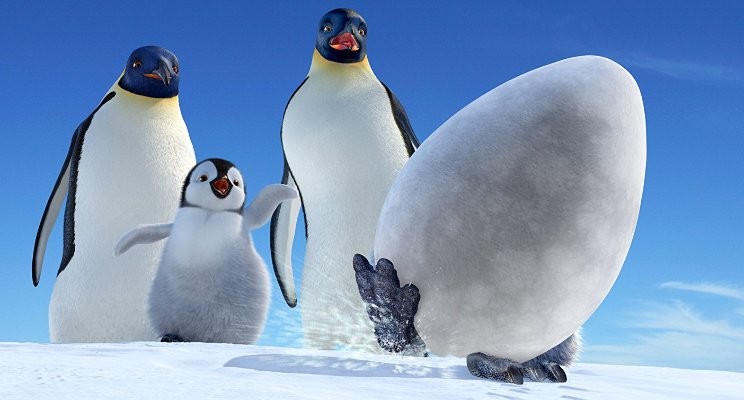A 5 step process to guide responsible teenage twins
- Daniel Cade
- Jan 15, 2018
- 3 min read
Updated: Mar 4

It’s a great time to be a Cade right now. Recently my wife gave birth to twins. As first-time parents, we’re chuffed to bits. The cherry on the cake was that it all happened just in time for Christmas, which led to the fantastic opportunity to sit down, with baby/babies in arms, and watch lots of animation movies and Blue Planet II episodes!
In between – and sometimes during – the TV, the realisation that I was now a responsible parent kept dawning on me and my mind would occasionally wander (and, truth be told, worry) into the future; to their teenage years: Would I be able to encourage my sons to be the best they could be at what they loved doing, unlike the dad penguin in Happy Feet? Could I guide them towards making good decisions for the betterment of the community, the same way that that seals in the Galapagos do when they work together to corner tuna?
It occurred to me that I could turn to the international standards – and specifically the Global Reporting Initiative’s trusty old 5-step process – to help navigate these boys through murky waters and make decisions that contribute to society while meeting their own goals!
1. Prepare
They’ll have to have an idea of who they are, what they stand for, their beliefs and values, their ambitions and desires. They’ll need some time by themselves – important for twins – to reflect on this. Will kids of the future have time to reflect? Maybe there’ll be a reflection app. Maybe there already is. Just checked, of course there is. Anyway, the idea is that they spend some time thinking about what matters for them.
2. Connect
Who are their main stakeholders? As twins, there’s already one obvious stakeholder in each of their lives. I’d also like to think they’d still consider their parents as key stakeholders at this point. They’ll have to do a stakeholder map to list who they think their main stakeholders are and then chart them according to importance on the x-axis and influence on the y-axis. Then they need to talk to the key stakeholders. Focus groups, online surveys, WhatsApp group chats, telepathy (too soon in our evolution?), etc. I’d be happy to facilitate this process, of course. I have some experience here.
3. Define
They’ll have to define which activities are the most important for them to take on at that point in time. How much weight will they attach to their old man’s views? Surely teenagers listen to what their parents say? If one of them is a social media star (I won’t say YouTube, that’s so now) he could do a poll on his audience, and their consensus would probably weigh heavily on his decision. The activities they choose should be dependent on their objectives and considerate towards the interplay of power and influence that their various key stakeholders have.
4. Measure
How can they measure the success of these activities against objectives? Tangible things are much easier to measure. Getting a job, a car, and a boy/girlfriend can be easily measured. More intangible and lofty desires, such as integrating ethnic minorities within the community, wiping out fossil fuel usage, or achieving world peace are slightly harder to measure, though not impossible! Again, I’d be only too happy to sit down with them here and figure out some SMART KPIs.
5. Report
To close the loop, they should somehow report back to their main stakeholders. They’ll probably know the best medium to use – I’m pretty sure it won’t be in the form of a written report. They will need support from their networks to reach their goals, and communicating on progress – especially where it concerns the needs/expectations of their stakeholders – is imperative. How will kids communicate in 15 years? The mind boggles. I’m sure, though, that communication skills will be as useful as they have ever been.
So perhaps I’ll buzz this article over to the boys in 15 years and we can get working on a long-term strategy. Though, if I learned anything from watching Finding Dory this Christmas, it’s that I must always consider the possibility that our attempt at guidance (“We see the undertow, and we say…”) will be met with unexpected responses (“…Let’s go!”). I guess that’s the beauty of it.



